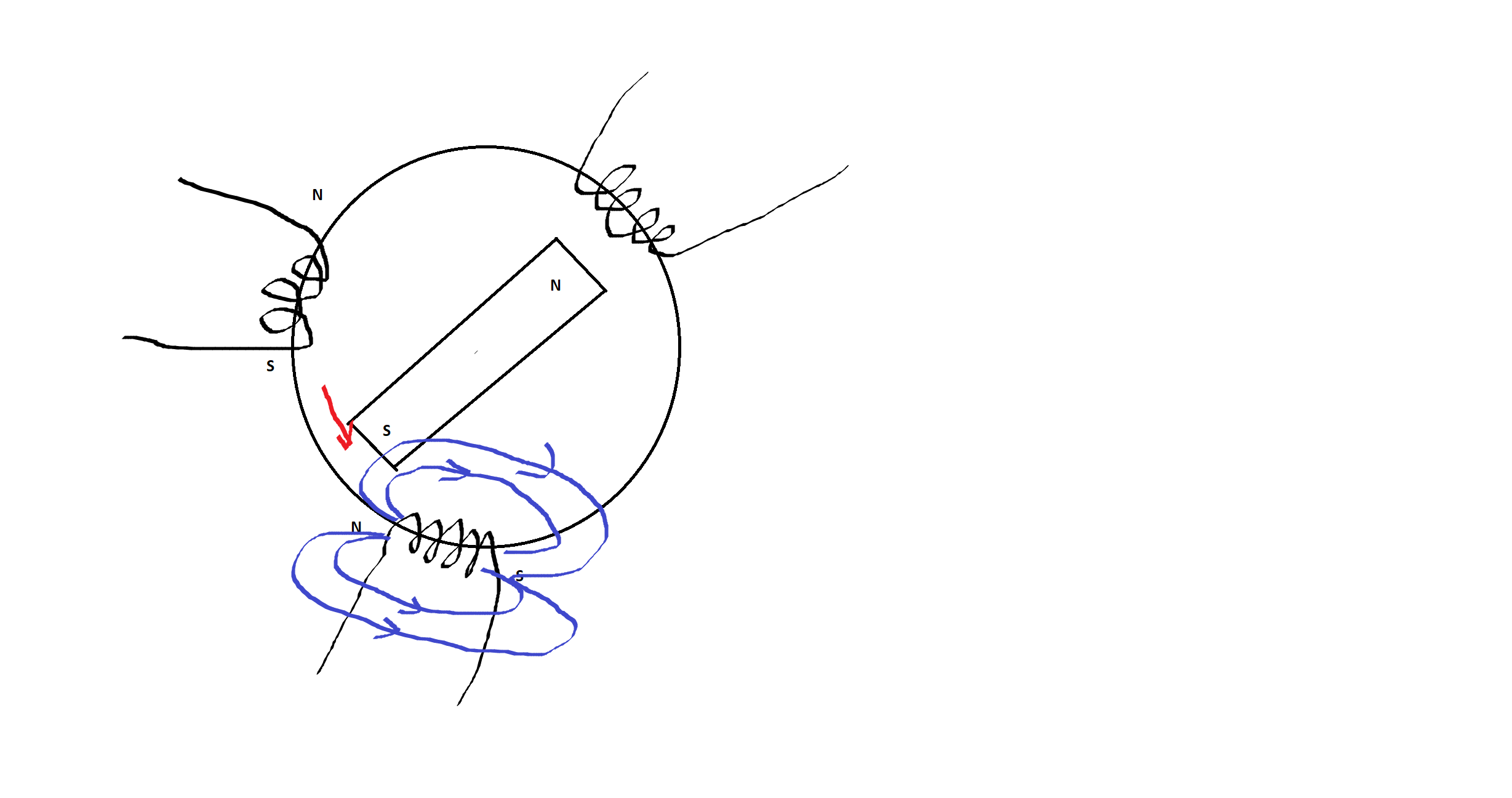I wonder why motor poles aren't oriented tangential to the circumference of rotation of the motor (for brushless DC motors). It seems like radially oriented motor poles would be less efficient when the rotor is swinging past that pole.
-
\$\begingroup\$ Sphere of rotation? Cylinder maybe, but usually axis. \$\endgroup\$– TransistorCommented Feb 25, 2020 at 0:05
-
\$\begingroup\$ Why would they be tangential? I don't follow why you'd think that more efficient. \$\endgroup\$– HearthCommented Feb 25, 2020 at 1:48
-
\$\begingroup\$ @Hearth OP probably feel the far pole is doing nothing when it is radial. Waste of half a magnet. Probably just looking at each end as an omnidirectional North or South instead of the direction of the flux lines. \$\endgroup\$– DKNguyenCommented Feb 25, 2020 at 3:43
-
\$\begingroup\$ What Do you actually mean by orientation of the poles? How could you orient them in a different way? \$\endgroup\$– CurdCommented Feb 26, 2020 at 14:41
-
\$\begingroup\$ Orient them tangentially as shown in the figure \$\endgroup\$– Jordan McBainCommented Feb 26, 2020 at 16:19
2 Answers
The poles of a coil are at the open ends of the coil (look at the way the magnetic fields generated around the wire combine to produce an overall magnetic field for the coil), and you want the ends of the poles on the stator and rotor to face each other.
The stator magnetic flux must originate in the stator and pass through the air gap. That and the practicalities of winding the stator determine the design of the stator. The rotor flux must do the same. In the air gap, the portion of the flux that is tangental is what actually turns the rotor.
The latest Tesla motor seems to include a feature that more effectively directs the rotor flux. Look at Information about Tesla model 3's IPMSRM motor construction and torque production

